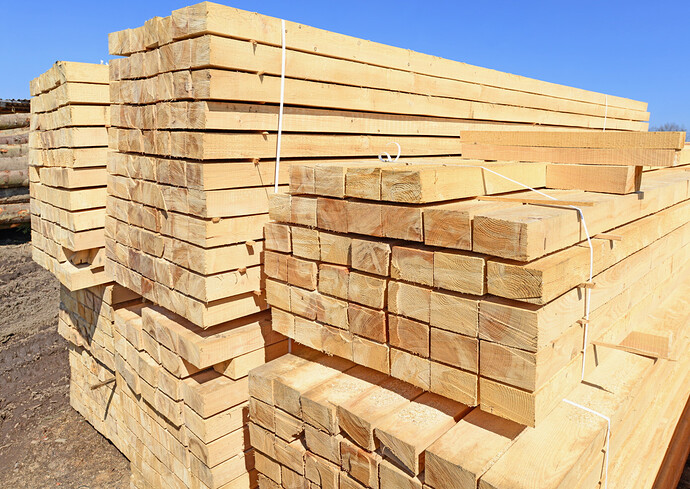The U.S. lumber market experiences a positive shift as plywood and softwood prices show signs of stabilization and recovery in April. Plywood prices, which had seen a significant decline in the past, demonstrated resilience with a marginal decrease of 0.2% from March to April 2023. This slight drop may indicate that a potential price bottom has been reached.
Softwood lumber, another critical commodity, experienced an encouraging 6.2% increase in prices from March to April 2023. This notable rebound indicates a potential turning point after witnessing substantial declines in previous months. The start of the construction season supports the potential for price stabilization and recovery in the lumber market. As the weather improves and construction activities ramp up, the demand for lumber is expected to increase.
In a report released today by the U.S. Bureau of Labor Statistics, the Producer Price Index (PPI) for final demand experienced a slight advancement of 0.2% in April, after a decline of 0.4% in March and no change in February. These figures, which have been seasonally adjusted, indicate a modest recovery in pricing trends.
The positive shift in prices from March to April 2023 aligns with the broader trend of a modest increase in the Producer Price Index (PPI) for final demand, which rose by 0.2% in April following a decline of 0.4% in March.
Over the past 12 months, the unadjusted PPI for final demand rose by 2.3%, suggesting a gradual but steady upward trajectory in overall prices.
The rise in the PPI for final demand in April was primarily driven by a 0.3% increase in prices for final demand services, which accounted for 80 percent of the overall increase. Meanwhile, the index for final demand goods experienced a more modest advancement of 0.2%.
When excluding the impact of food, energy, and trade services, prices for final demand showed a 0.2% rise in April, following a slight 0.1% increase in March. Looking at the broader trend, the index for final demand less foods, energy, and trade services increased by 3.4% over the 12 months ending in April, indicating notable inflationary pressure in non-food, non-energy, and non-trade sectors.
